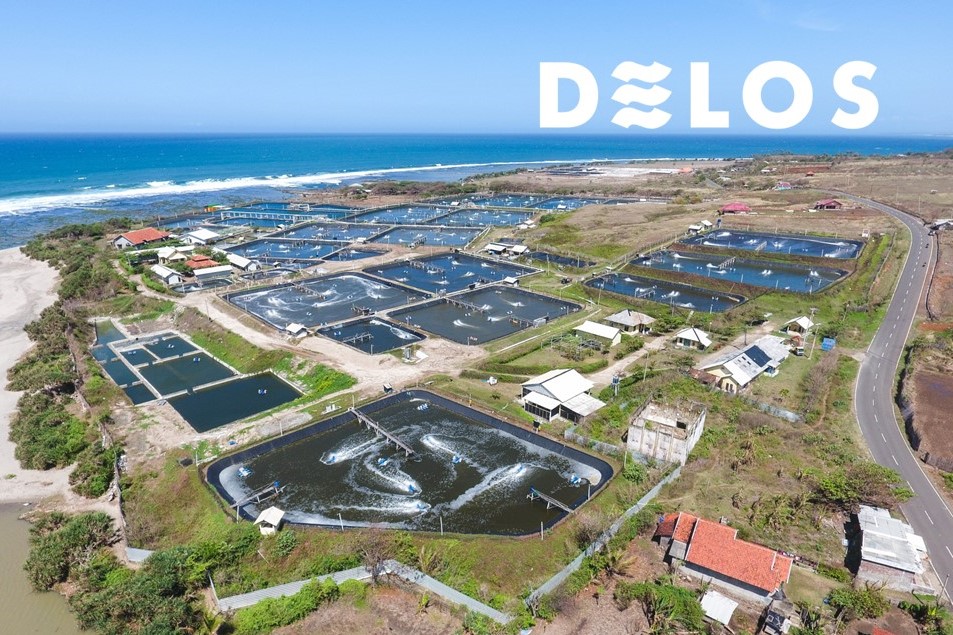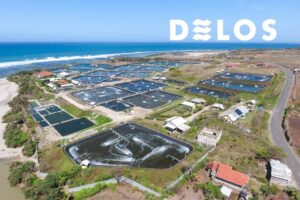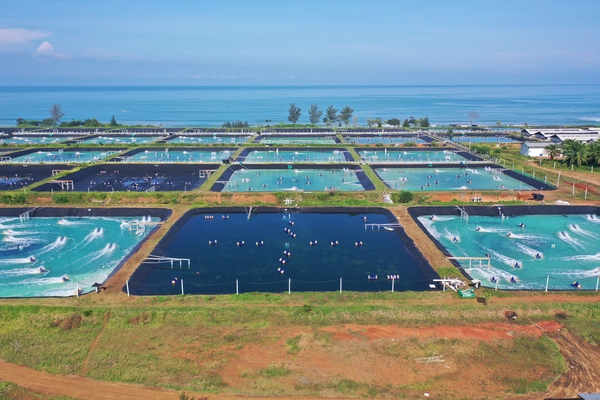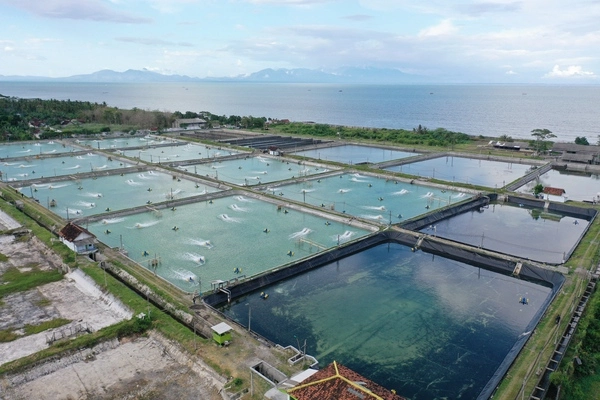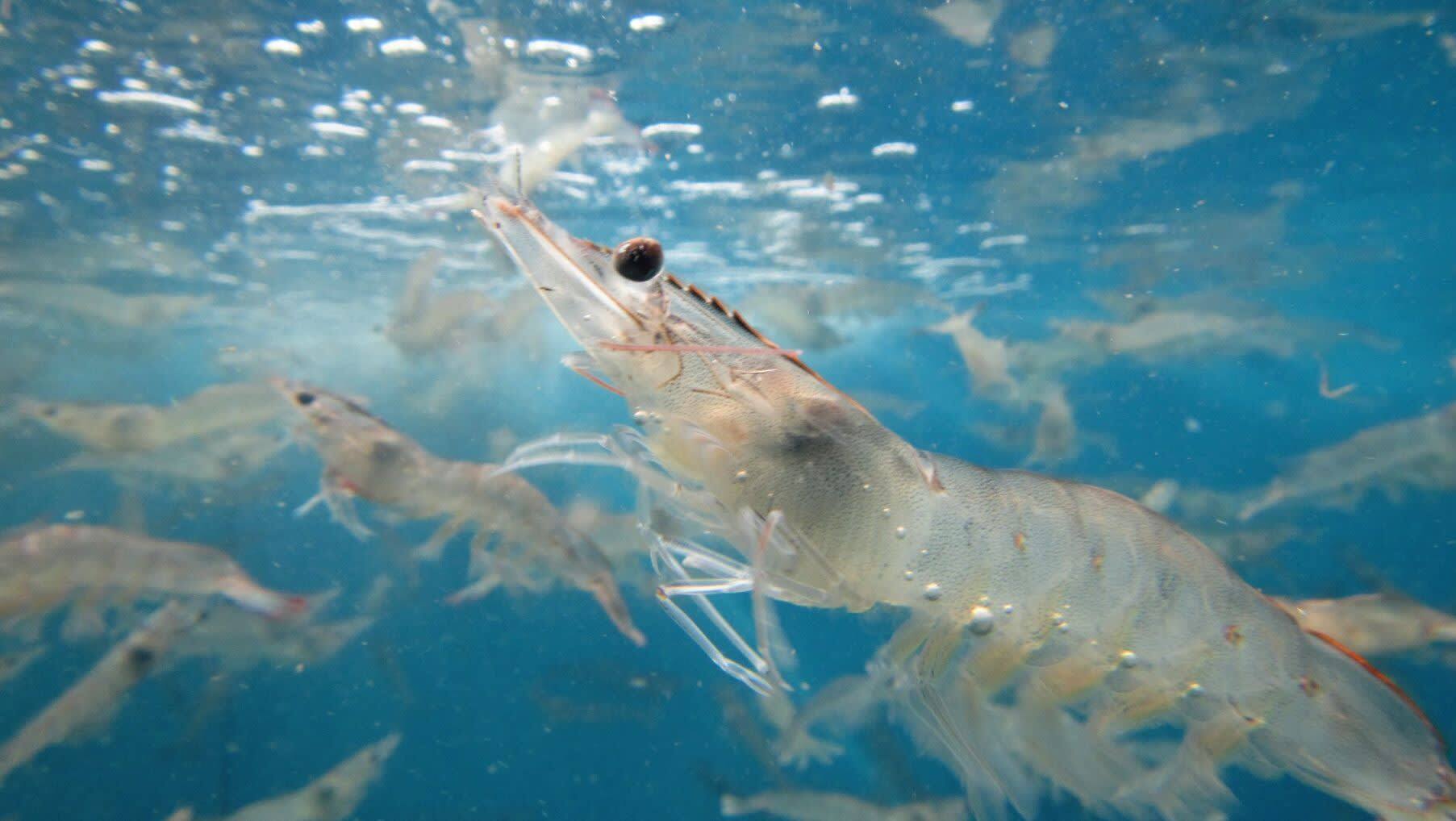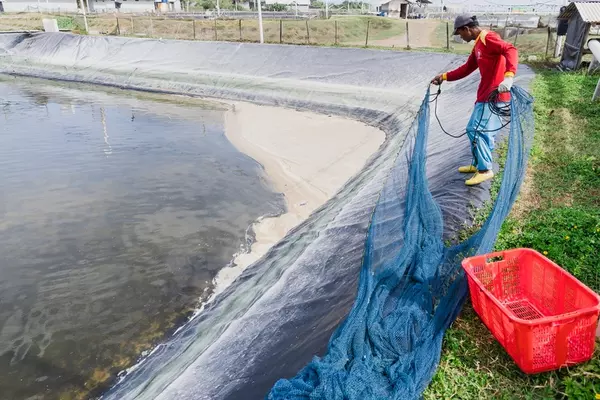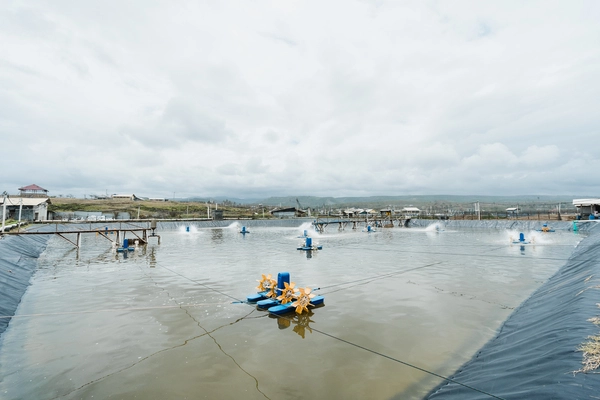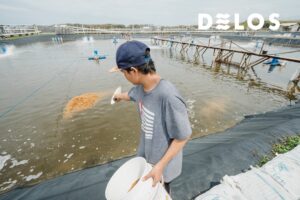Using Probiotics for Shrimp Health, What’s the Impact?
Vannamei shrimp cultivation has experienced a significant increase in recent years. This is a result of the increasing demand for seafood on a global scale. However, the threat of disease and other health challenges that can cause losses in cultivation is very high. This is where probiotics for shrimp play a significant role and become a promising solution to this problem.
The use of probiotics as an additional supplement in animal feed and aquaculture has been going on since the 1970s. The addition of probiotics is intended to increase the growth and health of animals because probiotics can stimulate the immune system.
In this article, we will discuss more about the impact of using probiotics on shrimp health and their potential to increase the success of aquaculture. Come on, read more!
Also Read: Vannamei Shrimp Probiotics and Its Benefits For Cultivation
Impact of Using Probiotics in Shrimp Farming
1. Improves Intestinal Health
Probiotics play an essential role in maintaining and improving the intestinal health of shrimp. The presence of good bacteria from probiotics prevents the growth of harmful pathogenic bacteria because they are competitive and form a barrier, so the risk of disease outbreaks in shrimp is lower.
In addition, probiotics also help digest nutrients such as protein, fat and complex carbohydrates to increase the absorption of nutrients for the growth and development of shrimp.
2. Prevent Disease and Improve the Immune System
Shrimp are susceptible to a variety of diseases that can have a devastating impact on the aquaculture industry. Until now, probiotics have been shown to increase the immune system of shrimp and make them more resistant to disease infections.
Probiotics can also stimulate the production of immune-related molecules, such as antimicrobial peptides, which maintain the front lines against pathogens.
Not only that, probiotics can also increase the activity of immune cells, including phagocytic cells and lymphocytes, to enhance the overall immune response of the shrimp.
Also Read: How to Cultivate Vannamei Shrimp from Preparation to Harvest
3. Improving Water Quality
Maintaining good water quality is essential for shrimp’s health and growth. Poor water quality can cause stress, weaken the immune system, and increase susceptibility to disease infections in shrimp.
Probiotics can also contribute to effectively managing water quality in shrimp culture systems. Its presence can assist in the degradation of organic matter, reduce the accumulation of toxic compounds, and improve water conditions.
In addition, probiotics can also play a role in controlling harmful algae or algae and increasing the stability of the pond ecosystem.
4. Instead of Antibiotics
The use of antibiotics in aquaculture is one thing that is highly avoided because of their harmful impact on the environment. Probiotics are an alternative that can replace antibiotics to maintain a healthy microbial balance in shrimp.
By strengthening beneficial microbial populations, probiotics can suppress the growth of pathogenic bacteria. Several types of probiotic bacteria also produce antibacterial substances that can inhibit growth and even kill pathogenic bacteria.
5. Increases Shrimp Survival and Growth Rates
The use of probiotics in shrimp farming has shown promising results, especially in terms of survival rate and growth performance.
Better gut health and disease resistance contribute to higher survival rates and reduced economic losses associated with shrimp mortality.
Probiotics also help improve the quality of the digestive system and absorption of nutrients in shrimp so that shrimp become healthier and have an impact on increasing aquaculture production.
Also Read: How to Reduce Vannamei Shrimp FCR for More Profitable Cultivation
Vannamei Shrimp Cultivation is More Productive with DELOS
The use of probiotics in shrimp farming has become the preferred strategy for improving shrimp health, preventing disease, and implementing sustainable aquaculture practices. However, further research is needed to optimize the dosage formulation and application methods of probiotics in shrimp under certain pond conditions.
For those of you who want to start cultivating vannamei shrimp that are environmentally friendly, DELOS is the right partner for you.
DELOS is the best science, technology, and operational management-based aquatech company that can help you increase the productivity of your shrimp ponds while practicing sustainable and environmentally friendly shrimp farming.
DELOS farm management is also integrated with the AquaHero application, which makes it easy for you to easily monitor the condition of your shrimp ponds every day just through a gadget.
Contact DELOS at contact@delosaqua.com or click the WhatsApp icon on this page to connect directly with us. Increase your pond productivity with DELOS!



